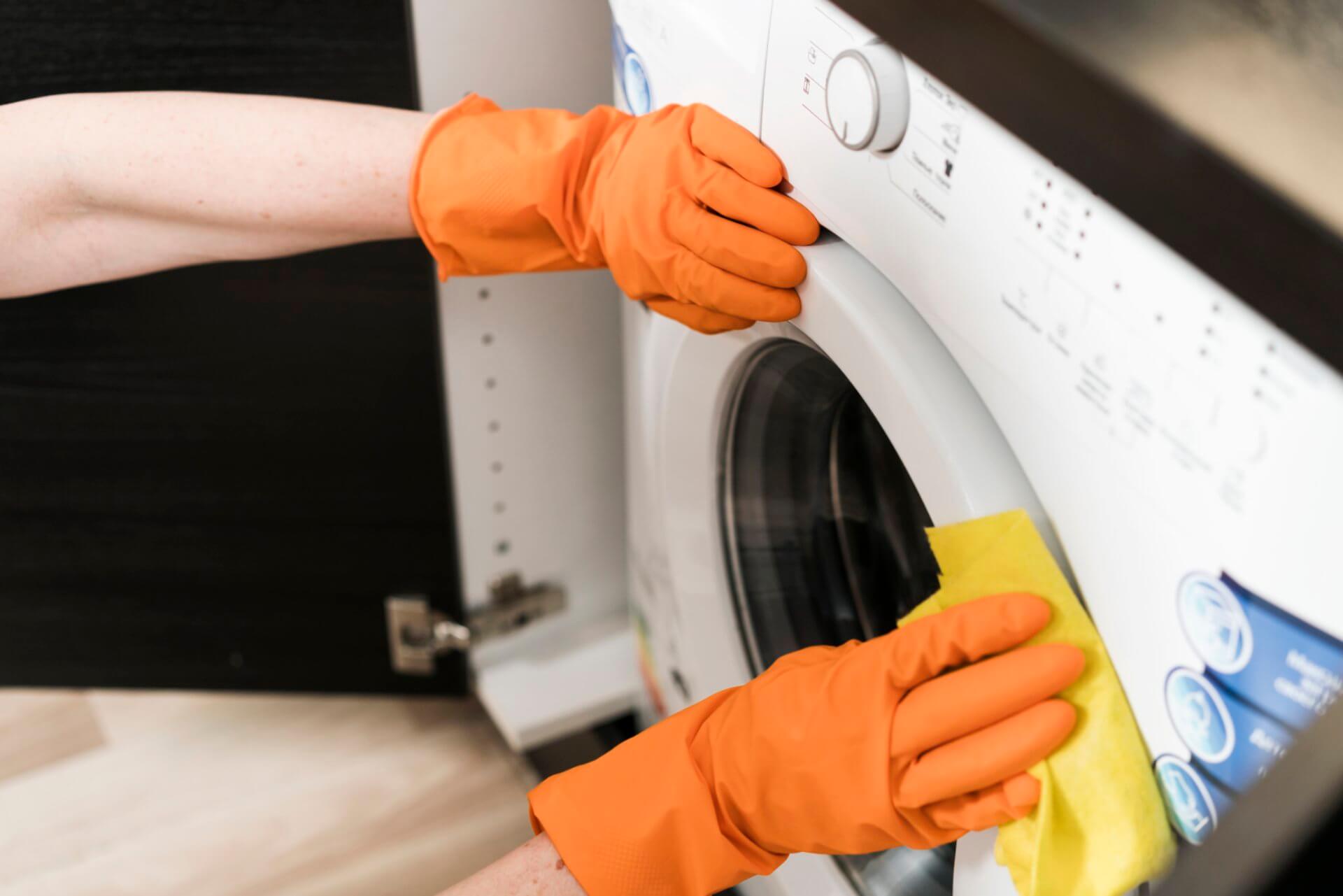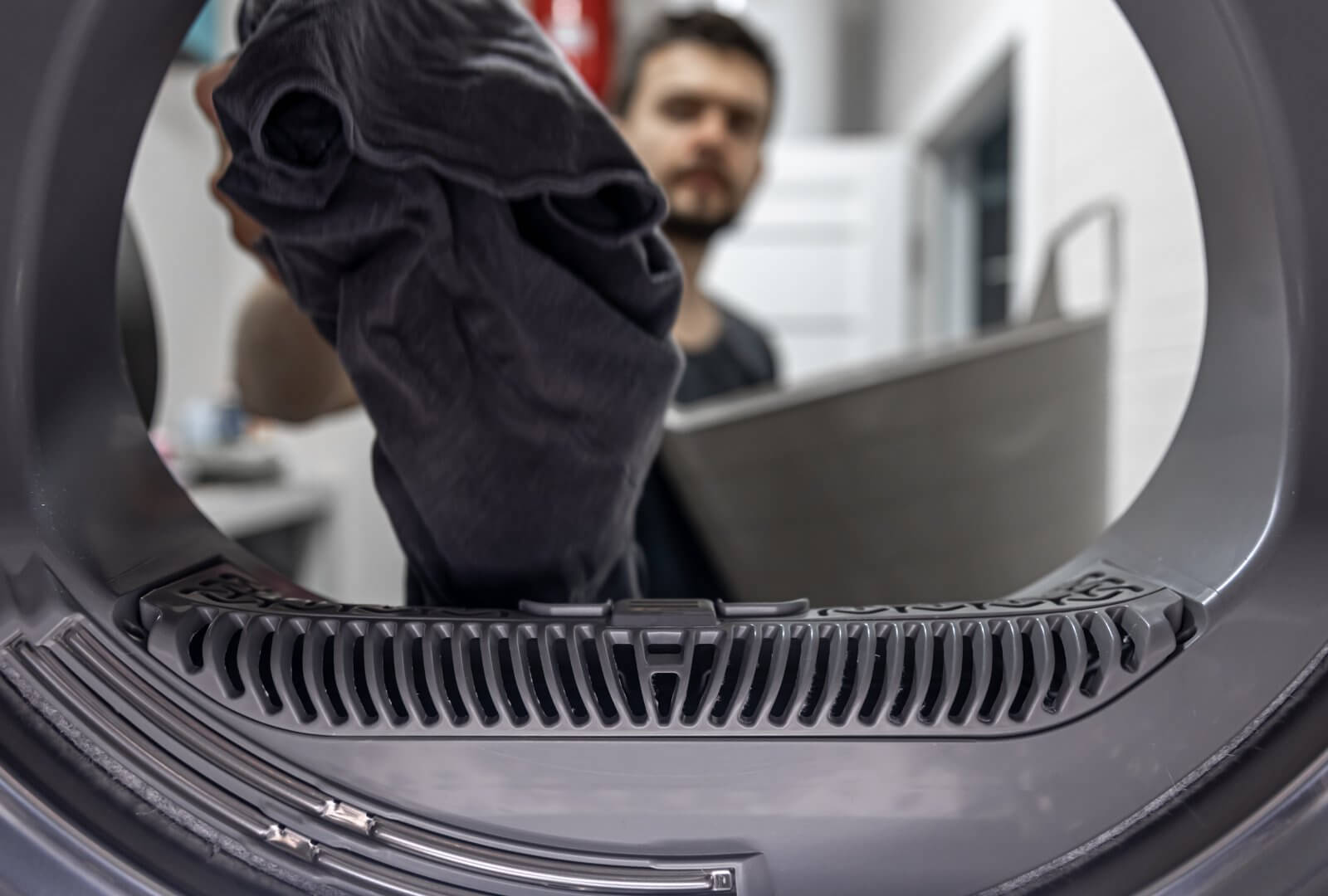Energy Rating Labels Australia: Save $500+ Yearly on Appliance Bills | Complete Guide
Let's face it - shopping for new appliances can be overwhelming. With dozens of models, countless features, and a wide range of prices, it's easy to focus only on the purchase price and overlook what might be costing you more in the long run: energy consumption. Those colourful energy labels aren't just decorative stickers – they're powerful tools that can help you save hundreds of dollars over the life of your appliance!
After helping thousands of homeowners make smarter appliance purchases, I can tell you that understanding energy labels is one of the simplest ways to reduce your household bills. This guide will walk you through exactly how to read these labels, what the numbers really mean, and how to calculate the true cost of ownership beyond the price tag.

Why Energy Labels Matter
Before diving into how to read the labels, let's understand why they're so important:
- Financial impact — Energy-efficient appliances can save you $100-$300 per year in electricity costs per appliance
- Environmental benefits — Lower energy use means reduced greenhouse gas emissions
- Performance information — Labels provide standardized performance data beyond just energy use
- Regulatory compliance — All new appliances in Australia must display energy rating labels according to AS/NZS standards
In fact, according to the Australian Government's Department of Climate Change, Energy, the Environment and Water, choosing high-efficiency appliances can reduce your energy bills by up to 30% over the life of the appliances. That's serious savings!
Decoding the Energy Rating Label
Australian energy labels have a standardized format that makes comparison shopping easier once you know what to look for.
1. The Star Rating
What it shows: The most prominent feature on any energy label is the row of stars — ranging from 1 to 6 stars (or up to 10 stars for "super efficiency" ratings on some appliances).
How to interpret it:
- More stars = more energy efficient
- Each additional star represents approximately 20-25% less energy use
- The difference between a 2-star and 4-star appliance could be hundreds of dollars per year in running costs
What most people miss: The star rating is comparative within a category and size range — a 5-star small refrigerator isn't directly comparable to a 5-star large refrigerator. The star rating allows you to compare similar appliances (like medium-sized refrigerators) to each other.

2. Energy Consumption Figure
What it shows: The energy consumption figure tells you exactly how much electricity the appliance uses, measured in kilowatt-hours (kWh) per year.
How to interpret it:
- Lower numbers mean less electricity used
- Multiply this number by your electricity rate (e.g., 30 cents per kWh) to calculate annual running costs
- For example: An appliance using 300 kWh/year at 30 cents per kWh would cost $90 per year to run
Real-world example: Two similar refrigerators might both have 3.5 stars, but one uses 380 kWh/year while another uses 420 kWh/year. That seemingly small difference adds up to approximately $12 per year or $180 over the typical 15-year lifespan of the refrigerator.
3. Appliance-Specific Information
Different appliances have unique information on their labels:
Refrigerators and Freezers:
- Volume in litres (fresh food and freezer compartments)
- Ambient temperature rating (climate class)
Washing Machines:
- Water consumption per cycle
- Capacity (kg of clothes)
- Cycle types tested
Dishwashers:
- Water consumption per cycle
- Capacity (place settings)
- Programme used for testing
Air Conditioners:
- Cooling and heating capacity (kW)
- Separate star ratings for cooling and heating efficiency
- Capacity output at different climate conditions
Dryers:
- Capacity (kg of clothes)
- Dryer technology type (condenser, vented, heat pump)
Pro Tip: For air conditioners, check both the cooling and heating star ratings separately. Some units might be efficient in cooling mode but less efficient for heating, or vice versa.

How to Use Energy Labels When Shopping
Now that you understand the labels, here's how to use them effectively:
1. Calculate the True Cost of Ownership
Step-by-Step Process:
- Note the purchase price of each appliance you're considering
- Find the energy consumption (kWh/year) on the energy label
- Multiply by your electricity rate to get annual running cost
- Multiply by expected lifespan (typically 10-15 years for major appliances)
- Add purchase price and lifetime energy cost to get the true ownership cost
Real-World Example: Let's compare two refrigerators:
| Feature | Refrigerator A | Refrigerator B | |---------|---------------|---------------| | Purchase Price | $900 | $1,200 | | Energy Rating | 3 stars | 5 stars | | Energy Use | 450 kWh/year | 280 kWh/year | | Annual Running Cost (at 30c/kWh) | $135 | $84 | | 15-Year Energy Cost | $2,025 | $1,260 | | Total Ownership Cost | $2,925 | $2,460 |
Despite the $300 higher purchase price, Refrigerator B actually saves you $465 over its lifetime. This is the calculation most shoppers never do!
2. Consider Your Usage Patterns
The energy label provides standardized testing information, but your actual costs depend on how you use the appliance:
Refrigerator tips:
- Labels show energy use at 25°C ambient temperature
- Each degree above this increases energy use by approximately 5%
- A refrigerator in a garage that reaches 35°C in summer will use significantly more energy than the label suggests
Washing machine tips:
- Labels are typically based on normal/cotton cycles
- If you primarily use quick wash or eco cycles, your actual energy use may differ
- Water consumption becomes more important if you're on tank water or in water-restricted areas
Air conditioner tips:
- Star ratings are measured at one specific capacity
- Efficiency changes based on outside temperature and how hard the unit is working
- Slightly oversized units may cycle on and off more frequently, reducing real-world efficiency
Australian Climate Tip: In warmer regions like Queensland and Northern Territory, cooling efficiency should be your priority. In cooler regions like Tasmania and Victoria, heating efficiency may matter more for year-round savings.
3. Watch for the Super Efficiency Rating
Some appliances can display a "super efficiency" rating which extends beyond the standard 6 stars:
- Represented by a crown of additional stars above the standard 6 stars
- Can go up to 10 stars total
- Indicates exceptional energy performance
- Often found on the latest heat pump dryers, high-efficiency air conditioners, and some refrigerators
These super-efficient appliances may have higher upfront costs but offer the greatest long-term savings.

Energy Labels for Different Appliance Types
Refrigerators and Freezers
Refrigerators are among the biggest energy users in your home since they run 24/7.
What to focus on:
- The star rating compares refrigerators of similar size and type
- A separate "cold" zone on the label indicates energy use in tropical climate conditions
- The volume measurements help you compare usable space between models
Money-saving insight: According to Australian testing, a typical old 2-star refrigerator might use 650 kWh/year, while a modern 4.5-star model of the same size might use just 350 kWh/year. At 30 cents per kWh, that's a saving of $90 per year or $1,350 over 15 years!
Washing Machines
Washing machine labels provide information on both electricity and water consumption.
What to focus on:
- Water consumption per standard wash
- Energy consumption per standard wash
- Capacity in kilograms
Money-saving insight: Front-loading washing machines typically achieve higher energy and water efficiency ratings than top-loaders. A 5-star front-loader might use 50% less water and 25% less electricity than a 3-star top-loader, saving approximately $80-100 per year in combined water and energy costs for an average family.
Air Conditioners
Air conditioner labels are perhaps the most complex but also some of the most important since heating and cooling account for approximately 40% of home energy use.
What to focus on:
- Separate star ratings for heating and cooling
- Capacity output (how much heating or cooling it provides)
- Power input (how much electricity it consumes to provide that capacity)
Money-saving insight: The difference between a 2-star and 5-star air conditioner can be approximately 30-40% in energy consumption. For a medium-sized room air conditioner used 1,500 hours per year, this could mean savings of $200-300 annually.
Dryers
Dryer technology has evolved significantly, and the energy label helps identify the most efficient technologies.
What to focus on:
- The dryer type (condenser, vented, or heat pump)
- Capacity relative to your washing machine
- Energy consumption per cycle
Money-saving insight: Heat pump dryers typically achieve 6-star or super efficiency ratings and use about half the energy of conventional dryers. Though they cost more upfront ($1,500-2,500 vs. $600-1,000 in Australia), they can save around $150 per year for a family doing 5 weekly loads, paying for the price difference in about 5-6 years.

Common Questions and Misconceptions
"Do energy-efficient appliances perform worse?"
Modern efficient appliances generally perform as well or better than less efficient models. Efficiency improvements come from better technology (like inverter motors, improved insulation, and smart sensors), not reduced performance.
The energy star rating system is designed so manufacturers can't sacrifice performance to achieve better ratings. Testing protocols ensure appliances meet minimum performance standards regardless of their energy efficiency.
"Are energy-efficient appliances always more expensive?"
Not necessarily! While super-efficient models (5+ stars) often cost more initially, many mid-range 3-4 star appliances are competitively priced. The price premium for better efficiency has also decreased significantly over the past decade.
Even with higher upfront costs, the lifetime savings almost always outweigh the price difference for appliances that:
- Run frequently (refrigerators, air conditioners)
- Use significant energy (dryers, heaters)
- Have long lifespans (10+ years)
"What's the difference between energy rating labels and other efficiency programmes?"
The Australian Energy Rating Label is mandatory and regulated by the government. Other programmes like ENERGY STAR (which you might see on some imported products) are voluntary certification programmes that generally indicate products exceeding minimum efficiency standards.
The key difference is that the star rating allows you to compare all products within a category, while certifications like ENERGY STAR simply identify products that meet certain efficiency criteria.
Making the Smart Choice: Beyond the Purchase Price
When shopping for appliances, I recommend this simple three-step approach:
- Determine the appropriate size/capacity for your needs first
- Compare star ratings and energy consumption between models of similar size
- Calculate the total cost of ownership (purchase price + lifetime energy costs)
Remember that the most energy-efficient appliance is only truly efficient if it's the right size for your needs. An oversized refrigerator or air conditioner will waste energy regardless of its star rating.
Conclusion
Energy rating labels are powerful tools that help you make informed decisions that benefit both your wallet and the environment. By understanding how to read and compare these labels, you can potentially save thousands of dollars over the lifetimes of your household appliances.
The few minutes it takes to compare energy ratings and calculate running costs can lead to years of savings on your electricity bills. And as energy prices continue to rise in Australia, these efficiency differences will become even more significant financially.
Next time you're appliance shopping, look beyond the price tag and sales pitches – the energy label tells the true story about what that appliance will cost you in the long run!

Frequently Asked Questions (FAQs)
How often are energy rating standards updated? The Australian energy rating scheme standards are reviewed and updated approximately every 3-5 years. This sometimes results in "star rating recalibration," where what previously qualified as a 5-star appliance might only achieve 4 stars under new, stricter standards.
Does an appliance use exactly the amount of energy shown on the label? The energy consumption figure represents standardized test results and provides a good basis for comparison between products. Your actual energy use may vary based on:
- How you use the appliance
- Your climate and home conditions
- How well you maintain the appliance
- The age of the appliance (efficiency can decrease over time)
Are there minimum energy efficiency standards for appliances sold in Australia? Yes, the Minimum Energy Performance Standards (MEPS) programme ensures that appliances sold in Australia meet minimum efficiency levels. Appliances that don't meet these standards cannot be legally sold in Australia regardless of their price or other features.
How much money can I really save by choosing energy-efficient appliances? A typical Australian household that replaces all major appliances with models that are 2 stars higher in rating can save approximately $400-600 per year on electricity bills. Over the average 10-15 year lifespan of these appliances, that's a potential saving of $6,000-$9,000!
Do energy-efficient appliances have shorter lifespans? No. In fact, many energy-efficient appliances use higher-quality components (like inverter motors) that actually increase durability and lifespan. The technology improvements that increase efficiency often improve reliability as well.
Should I replace working appliances just to get better energy efficiency? From a purely financial perspective, it's usually best to wait until replacement is necessary. However, if you have very old, inefficient appliances (especially refrigerators or air conditioners more than 15 years old), the energy savings might justify earlier replacement. Calculate the payback period based on efficiency differences to make an informed decision.

About Julian
Home appliance enthusiast and DIY repair specialist with a passion for helping others save money on appliance maintenance.


